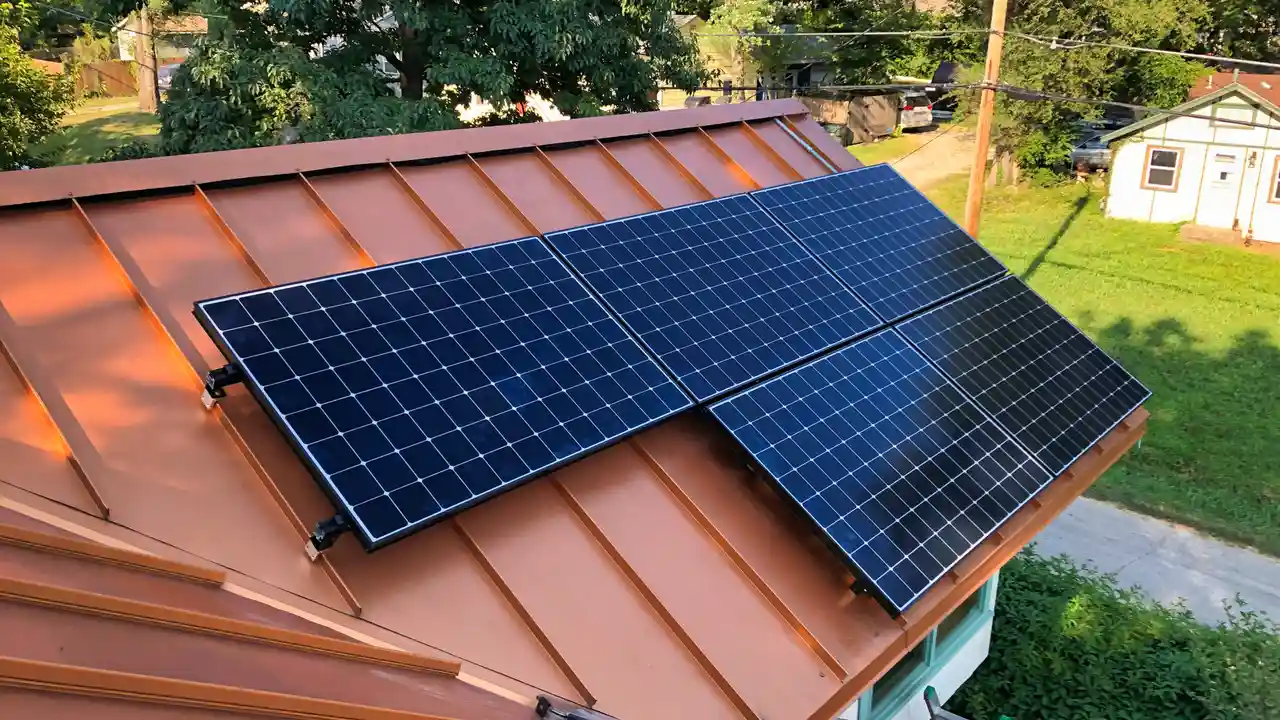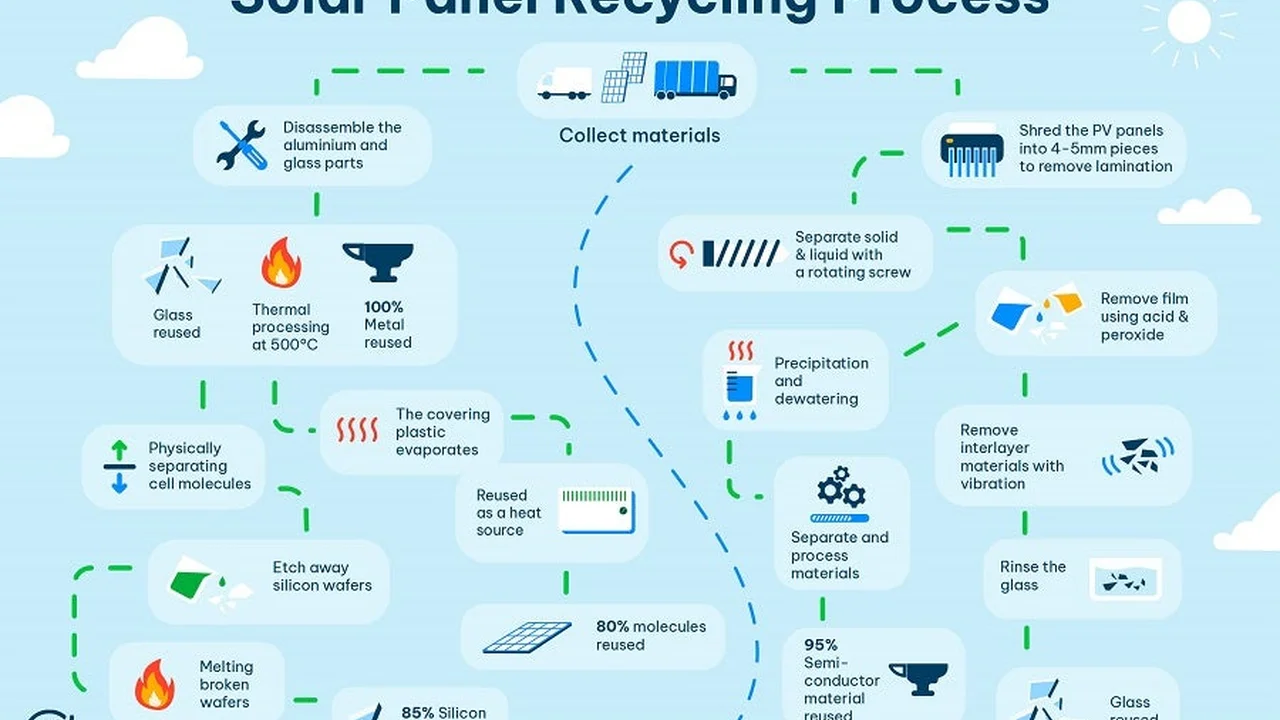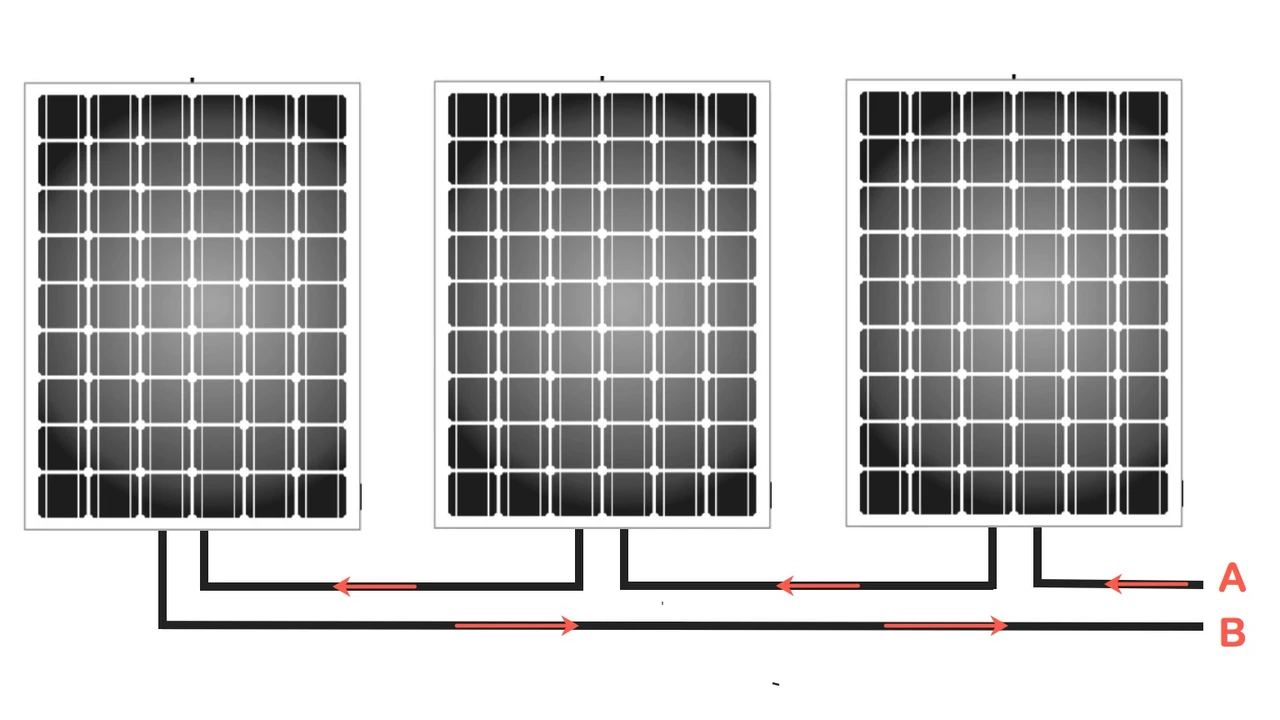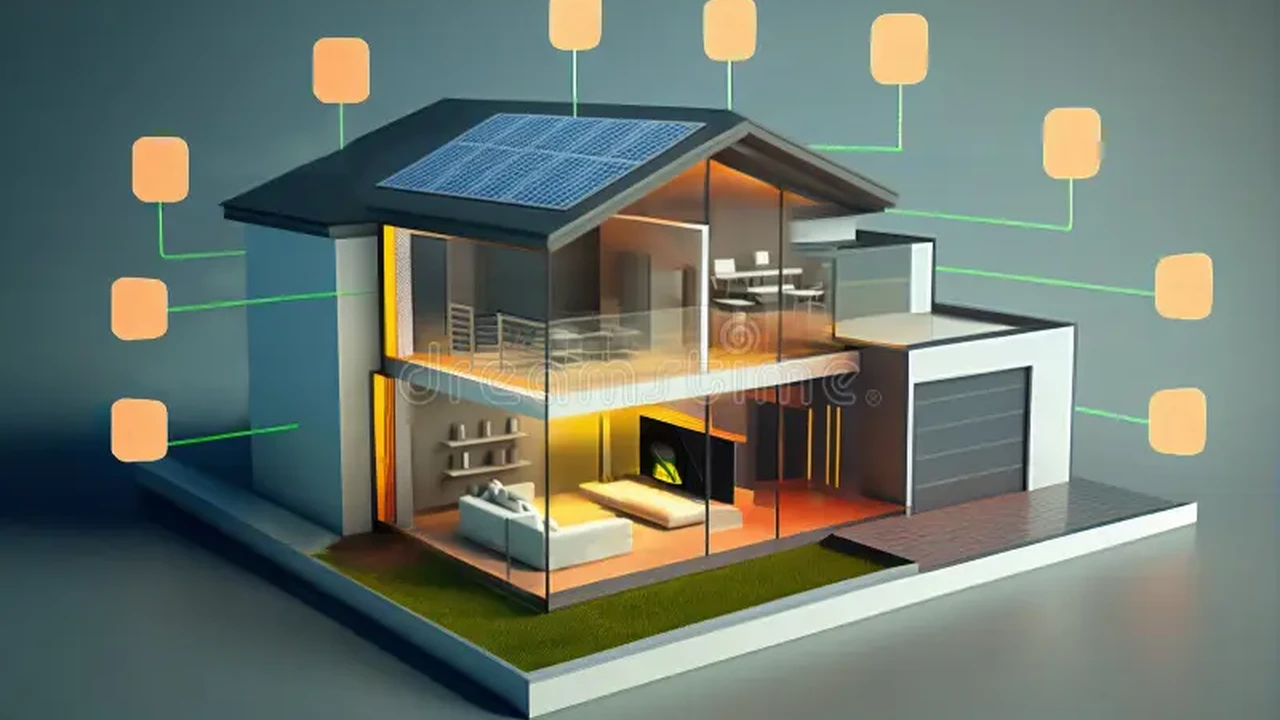Solar Panel and Roofing: Coordinating Installation

Understanding the Interplay Solar Panels and Roofing Systems
So, you're thinking about going solar? Awesome! But before you slap those shiny panels on your roof, let's talk about the unsung hero of the whole operation: your roof itself. It's the foundation, the canvas, the... well, you get the picture. Making sure your roof and solar panels play nice together is crucial for a successful and long-lasting solar energy system. We're not just talking about aesthetics here, but also about structural integrity, weatherproofing, and overall efficiency. Think of it like this: you wouldn't build a house on a shaky foundation, right? Same goes for solar. Let's dive into the nitty-gritty details to ensure a smooth and effective solar panel installation.
Assessing Your Roof's Suitability for Solar Panel Installation
First things first: is your roof even ready for solar? Here's what to consider: Age, Material, and Condition. A roof nearing the end of its lifespan probably isn't the best candidate. You don't want to install solar panels on a roof that needs replacing in a few years – that's just asking for trouble (and extra costs!). Common roofing materials like asphalt shingles, tile, metal, and even some flat roofing systems can all work with solar, but each has its own set of installation considerations. Cracks, leaks, missing shingles – any signs of damage need to be addressed before you even think about solar. A professional roof inspection is your best bet here. They'll be able to identify any potential problems and give you a realistic assessment of your roof's suitability.
Timing is Everything When Coordinating Solar Panel Installation and Roofing Replacement
This is where things get interesting. Ideally, you'd replace your roof before installing solar panels. Why? Because removing and reinstalling solar panels is an added expense (and a hassle!). If your roof is nearing the end of its life, bite the bullet and get it replaced first. If your roof is relatively new and in good condition, you're probably good to go with a solar installation. But what if you're somewhere in between? That's where a professional consultation comes in. A reputable solar installer will be able to assess your roof's remaining lifespan and help you make the best decision for your situation. They might even recommend reinforcing certain areas of your roof to better support the weight of the solar panels. Thinking proactively can save you a ton of headaches (and money!) down the road.
Choosing the Right Solar Panel Mounting System for Different Roofing Types
Alright, let's talk hardware. Solar panel mounting systems are not a one-size-fits-all deal. The best system for your roof depends on the type of roofing material you have. For asphalt shingles, you'll typically see racking systems that attach directly to the roof rafters. These systems need to be properly flashed to prevent water damage. Tile roofs require specialized mounting systems that can accommodate the curvature and fragility of the tiles. Metal roofs often use clamps that attach directly to the standing seams, avoiding the need for penetrations. Flat roofs usually use ballasted mounting systems, which rely on weight to hold the panels in place. No matter what type of system you choose, make sure it's compatible with your roof and that it's installed by experienced professionals. Proper installation is key to preventing leaks and ensuring the long-term stability of your solar array.
Waterproofing and Preventing Leaks During and After Solar Panel Installation
Water, water everywhere, and not a drop... inside your house! This is the goal, right? Proper flashing is absolutely essential for preventing leaks around the solar panel mounting points. Flashing is a waterproof material (usually metal or plastic) that's installed around penetrations to direct water away from the roof. Make sure your installer uses high-quality flashing and that they're meticulous about sealing any gaps or cracks. Regular inspections are also a good idea. Check around the mounting points for any signs of water damage, such as stains or discoloration. Addressing any leaks promptly can prevent them from escalating into bigger problems.
Maintaining Your Roof and Solar Panels for Optimal Performance and Longevity
Once your solar panels are installed, the work isn't over! Regular maintenance is crucial for keeping both your roof and your solar panels in tip-top shape. Trim any trees that are casting shade on your panels. Clean your panels periodically to remove dirt, dust, and debris. Inspect your roof regularly for any signs of damage, such as cracks or missing shingles. A little bit of preventative maintenance can go a long way in extending the lifespan of your solar energy system and maximizing its performance. Think of it as an investment in your future energy savings.
The Importance of Hiring Experienced and Licensed Solar Panel Installers and Roofing Contractors
This is a big one. Don't skimp on the professionals! Hiring experienced and licensed solar panel installers and roofing contractors is crucial for a successful project. Look for companies with a proven track record and positive reviews. Make sure they're properly insured and bonded. Ask for references and check them! A reputable contractor will be happy to provide you with all the information you need to make an informed decision. They'll also be able to handle any permits or inspections that are required. Trying to DIY a solar panel installation or roofing project is a recipe for disaster. Leave it to the pros – it's worth the investment.
Cost Considerations Roofing Repairs Versus Solar Panel Installation
Let's talk money. Solar panel installation is an investment, and it's important to understand the costs involved. The price of solar panels has come down significantly in recent years, but it's still a significant expense. You'll also need to factor in the cost of installation, permits, and any necessary roof repairs. Get multiple quotes from different installers and compare their prices and services. Don't just go for the cheapest option – consider the quality of the equipment and the experience of the installers. Also, be sure to ask about any available tax credits or rebates. These incentives can significantly reduce the overall cost of your solar energy system.
Maximizing Energy Efficiency through Integrated Solar and Roofing Solutions
Thinking long-term? Good! Integrated solar and roofing solutions are becoming increasingly popular. These systems combine solar panels directly into the roofing material, creating a seamless and aesthetically pleasing look. They can also offer improved energy efficiency and durability. While integrated systems tend to be more expensive upfront, they can offer significant long-term benefits. They're a great option for homeowners who are building a new home or replacing their entire roof. Do your research and see if an integrated solar and roofing solution is right for you.
Future Trends in Solar Panel and Roofing Technology
The world of solar and roofing is constantly evolving. New technologies are emerging all the time, making solar energy more efficient, affordable, and accessible. Keep an eye out for advances in solar panel materials, mounting systems, and energy storage solutions. The future of solar is bright (pun intended!), and there's never been a better time to invest in this clean and sustainable energy source.
Recommended Solar Panels and Their Applications
Okay, let's get into some specific product recommendations. Remember, prices can vary based on location and installer. I'll give you some general ideas and price ranges. Always get a custom quote from a qualified installer! Here are a few popular options:
SunPower A-Series: High Efficiency and Sleek Design
SunPower is known for its high-efficiency panels, and the A-Series is their top-of-the-line offering. These panels are incredibly efficient, meaning you can generate more electricity from a smaller area. They also have a sleek, all-black design that looks great on any roof. Typical Use Case: Homes with limited roof space or homeowners who want the highest possible energy production. Pros: Highest efficiency, excellent warranty, aesthetically pleasing. Cons: Most expensive option. Estimated Price: $3.50 - $4.50 per watt installed.
REC Alpha Series: Reliable Performance and Durability
REC panels are known for their reliability and durability. The Alpha Series uses half-cut cell technology, which improves performance in shaded conditions. They also have a robust design that can withstand harsh weather conditions. Typical Use Case: Homes in areas with frequent cloud cover or extreme weather. Pros: Good performance in shade, durable, competitive price. Cons: Slightly lower efficiency than SunPower. Estimated Price: $3.00 - $4.00 per watt installed.
Panasonic EverVolt Series: Balanced Performance and Value
Panasonic (formerly Sanyo) has a long history of producing high-quality solar panels. The EverVolt series offers a good balance of performance, reliability, and value. They're a solid all-around choice for most homeowners. Typical Use Case: Homes with average energy needs and a desire for a reliable and cost-effective solar solution. Pros: Good performance, reliable brand, reasonable price. Cons: Not the highest efficiency, but still a good value. Estimated Price: $2.80 - $3.80 per watt installed.
Comparing Solar Panel Products and Understanding Pricing
When comparing solar panels, pay attention to these key factors: Efficiency: How much sunlight the panel converts into electricity. Higher efficiency means more power from a smaller area. Warranty: A good warranty protects you against defects and performance degradation. Look for a warranty of at least 25 years. Temperature Coefficient: How much the panel's performance degrades in hot weather. Lower is better. Price: The cost per watt installed. Remember to factor in installation costs and any available incentives. Don't just focus on the upfront cost – consider the long-term value and energy savings. When getting quotes, make sure they include all costs, including permits, installation, and equipment. Don't be afraid to ask questions and negotiate!
Specific Installation Scenarios and Considerations
Let's consider a few specific scenarios:
Scenario 1: Replacing an Old Roof Before Installing Solar
If you're replacing your roof before installing solar, make sure your roofing contractor is aware of your plans. They can install the roof in a way that's optimized for solar panel installation. This might involve reinforcing certain areas or installing special flashing. Also, consider the color of your roof. Lighter-colored roofs reflect more sunlight, which can help keep your home cooler and reduce your energy bills.
Scenario 2: Installing Solar on an Existing Roof
If you're installing solar on an existing roof, a thorough inspection is essential. The installer will need to assess the condition of your roof and identify any potential problems. They'll also need to determine the best way to attach the solar panels without damaging the roof. Pay close attention to the flashing and sealing around the mounting points to prevent leaks.
Scenario 3: Dealing with a Leaky Roof After Solar Installation
If you experience a leak after solar panel installation, don't panic! Contact your solar installer and roofing contractor immediately. They'll need to inspect the roof and identify the source of the leak. It's important to address the leak promptly to prevent further damage. The installer may need to remove some of the solar panels to repair the roof. Make sure they're properly qualified to do so.
Ultimately, coordinating solar panel installation and roofing requires careful planning, attention to detail, and a team of experienced professionals. By following these tips, you can ensure a successful and long-lasting solar energy system.
:max_bytes(150000):strip_icc()/277019-baked-pork-chops-with-cream-of-mushroom-soup-DDMFS-beauty-4x3-BG-7505-5762b731cf30447d9cbbbbbf387beafa.jpg)






